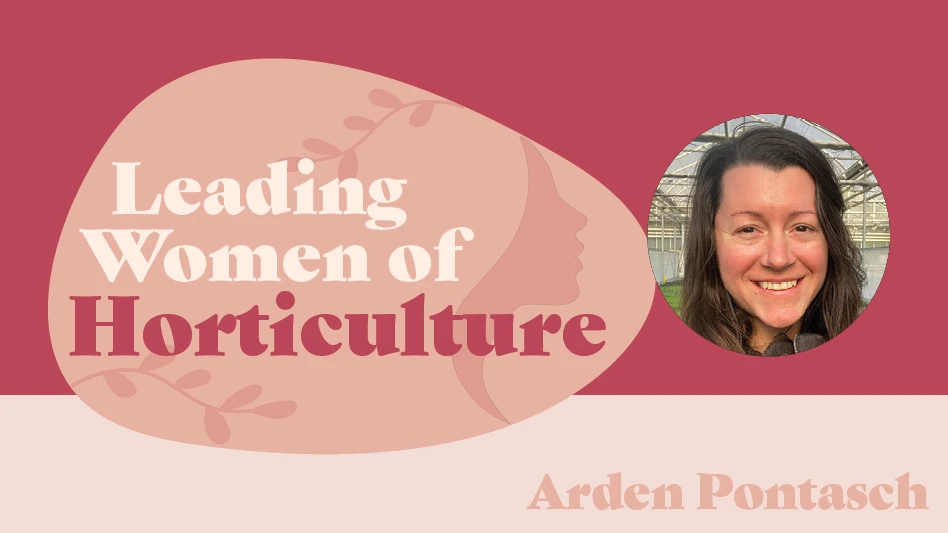 Bountiful Farms has grown sculptured plants for about 14 years.Sculptured plants
Bountiful Farms has grown sculptured plants for about 14 years.Sculptured plants
The popularity of stone and metal yard art inspired Bountiful Farms in Woodburn, Ore., to create “living art,” said co-owner Todd Nelson.
Deer were the first sculptured animals. “It took some trial and error. My brother Brent took the crew out with one-dimensional outlines of animals to make the forms.”
The sculptured plants end up in all types of applications including ballparks, golf courses and amusement parks.
Bountiful Farms also performs a lot of custom work, such as company logos or business names. This works well where signage is a problem, he said.
The grower sells most of its product to independent garden centers and landscape distribution centers. Nelson suggests retailers try a few in display gardens. “See how much enthusiasm is generated from displaying them and go from there.”
Virtually anything makes a good companion plant with the sculptured material. “Plant them in a bed of perennials or under a shade tree,” he said.
Sizes range from 3-gallon pots up to 9-foot-tall giraffes. Bountiful Farms uses several types of junipers for sculptured plants, but they’re experimenting with some hardier plants.
For more: Bountiful Farms, www.bountiful-farms.com.
Patio potential
With the popularity of container gardening, Schubert Nursery in Salinas, Calif., grows patio topiaries made primarily with ivy.
Patio pots range from 8 ½-inch grower pots up to 15-gallon containers. For the larger shapes, the nursery also uses lemon cypress and rosemary.
“This is a product that takes years to grow,” said Mike Faigle, owner of Schubert Nursery.
From the time the nursery takes the cuttings, the smallest pot takes at least two years to grow to saleable size. For the 15-gallon material, it may take up to four years. “You’ve got to have patience and price it accordingly,” he said.
For more: Schubert Nursery, http://schubertnursery.com.
Carve a niche
Plants Beautiful offers topiary trees from as small as 3 feet tall to as large as 15 feet tall. “Some of these forms even occur naturally in places like mountainous regions or rocky areas — places where severe weather challenges their growth.”
For first-time buyers, Dittberner suggests knowing the varieties and what region they’re grown in. “If you don’t know the varieties, you won’t have much success after installation.”
Topiary trees make good focal points in all types of landscapes – it’s not just for formal or Asian gardens, he said. “They’re great for commercial and residential use. There’s beauty in every tree.”
For more: Plants Beautiful Nursery, www.plantsbeautifulnursery.com.

Explore the August 2010 Issue
Check out more from this issue and find your next story to read.
Latest from Nursery Management
- Plant breeding as an art
- Society of American Florists accepting entries for 2025 Marketer of the Year Contest
- Sustainabloom launches Wholesale Nickel Program to support floriculture sustainability
- American Horticultural Society welcomes five new board members
- Get to know Christopher Brown Jr. of Lancaster Farms
- American Floral Endowment establishes Demaree Family Floriculture Advancement Fund
- The Growth Industry Episode 3: Across the Pond with Neville Stein
- The Growth Industry Episode 2: Emily Showalter on how Willoway Nurseries transformed its business





